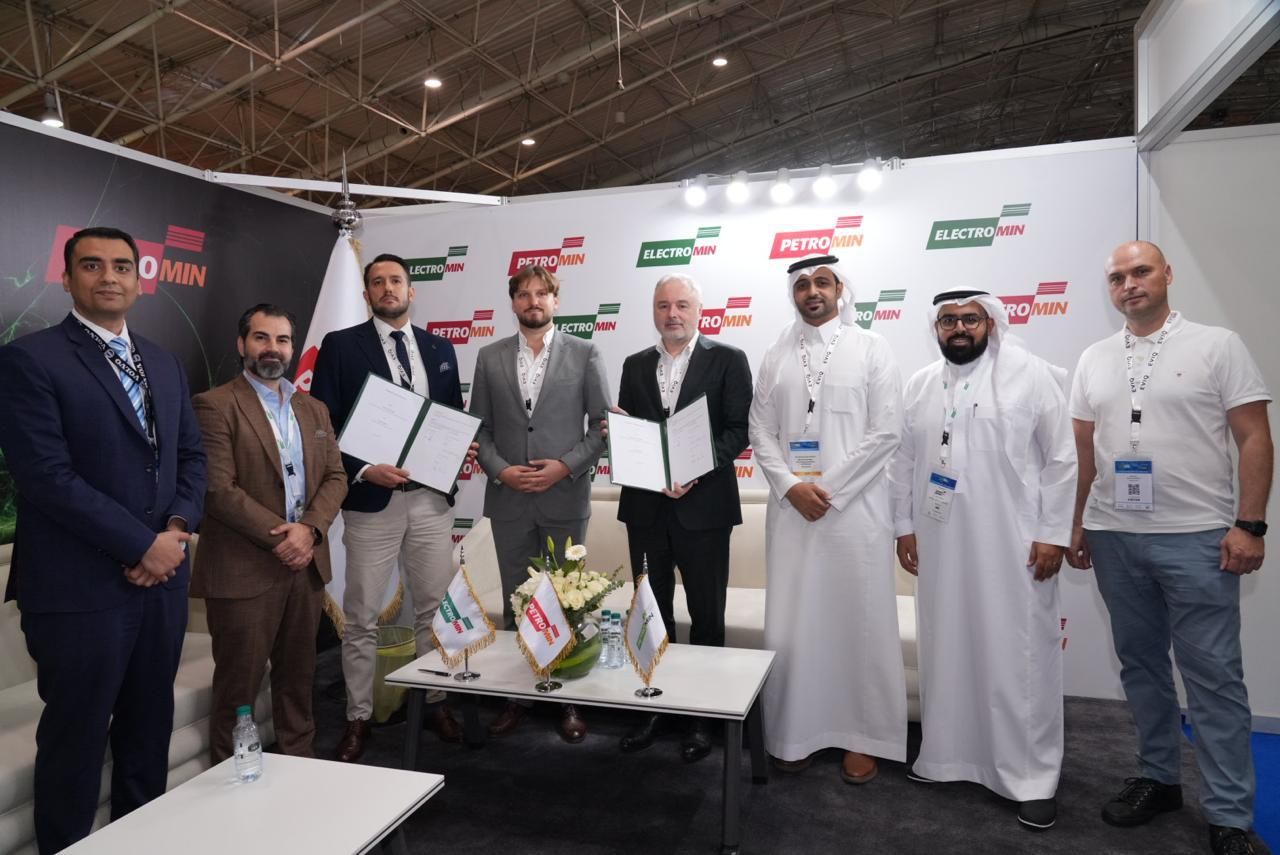Beyond the Pump: Driving C-Store Value in an EV-First World

As the adoption of electric vehicles (EVs) accelerates and traditional fuel sales continue to decline, convenience store retailers are witnessing a significant shift. Traditional fuel sales, once a sure-fire revenue stream, are gradually dwindling as more drivers opt for cleaner alternatives. While this decline presents challenges for fuel-dependent businesses, it also opens the door to new opportunities within the growing EV charging market.
However the customer journey for refuelling and charging is vastly different. Whilst EV drivers are likely to spend more time on site, research suggests that around 54% of charging occasions never result in a visit into the store. This means that for the majority of EV drivers, the charger is their only point of interaction on a fuel site and retailers can no rely on natural footfall into the store. Retailers must now look for different ways to not only attract EV drivers to their site, but engage them at the charger to ensure their retail business is fit for the future.

How to become go-to charging destination
Whilst the majority of EV drivers charge their vehicles at home, 92% of drivers still access public charging networks, particularly when making longer trips. The strategic locations of traditional fuel stations mean they are ideally situated to provide a convenient stop off point for EV drivers looking to charge along their journey. Success in the EV charging market, however is not just about a good location and installing a couple of chargers. Convenience is still very much king with the modern consumer and EV drivers are no exception. However, charging infrastructure has been plagued by poor reliability, a lack of maintenance and convoluted payment systems.
Reliability
WILLBERT has set out to address these issues in the design of our chargers. We recognise that EV users want reliable chargers that are fast and easy-to-use. For us, reliability isn’t a feature, it’s the foundation of trust and can be the difference between a customer selecting a charging site or not. Our hubs boast a 99% up time, with a 95%+ session success rate and are supported by real-time monitoring and alerts, predictive maintenance to prevent faults before they happen and in-house support and diagnostics.
Simplifying payments
When it comes to making chargers easy and convenient to use, one key sticking point is payments. 87% of drivers have had to download a new app at the charging point to pay, and 80% have faced app payment issues due to mobile connectivity, according to a survey by Fleet News. These complications surrounding payments are a key frustration for many EV drivers and that is why our intuitive payment system keeps it as simple as possible. Direct payments for charging sessions can be made through bank cards, contactless payments, loyalty and fleet cards - eliminating the need for external apps. The system is also AFiR complaint for roadside retailers operating within the European Union.
Efficiency meets power
WILLBERT’s philosophy is to bring the most value to roadside retailers whilst helping them to deliver compelling customer experiences. The Amber II S-Hub combines the flexibility and performance of distributed chargers with the simplicity of standalone chargers. For the retailer this means market-leading efficiency with unparalleled flexibility and modularity thanks to our award-winning design that allows you to scale as your EV business grows. Each individual device is scaleable from 60-360kW with the unique S-HUB design reaching up to 720kW available for each plug within the system, which can be intelligently shared between eight vehicles. For customers this means fast charging speeds and reduced wait times at the chargers - something that is essential when trying to attract customers to visit your site.
Meeting the customer at the charger
Even with fast charging speeds, charging is still a longer process than refuelling, with the average public charging session taking around 35 minutes. This increased dwell time when compared to the traditional refuelling experience, presents a real opportunity for retailers to increase in-store revenue - if they can convince EV drivers to go into the store.
Latest insights from management consulting firm, Oliver Wyman, shows that 7% of EV drivers never leave their vehicle with 43% only leaving the vehicle one in every three charging occasions. In total around 54% of charging occasions do not result in a store visit and this presents both a challenge and significant opportunity for roadside retailers.
EV charging differs from traditional refuelling as there is no need for drivers to enter the store to complete their transaction. The charger is often the only point of interaction for the customer and this can lead to missed retail opportunities. As EVs continue to grow in popularity, this shift in the customer journey can have a significant impact on site revenue.

WILLBERT chargers are designed to combat this issue - helping retailers to drive footfall into the store. BuyBERT our retail integrated on-screen ordering, allows retailers to instantly engage drivers and enable additional revenue. Customers can browse store products and purchase directly at the charger. Not only is this more convenient for the customer it has also been proven that self-service kiosks such as this can increase basket size by 10% compared to front counter sales.
On charger adverts are also a useful marketing tool to help drive EV customers into the store. The ad display system can help to build brand loyalty and deliver relevant, timely offers to EV drivers as they charge. Not only this but the flexible, easy-to-use system can be managed from anywhere and offers retailers the opportunity to partner with third parties to create an additional revenue stream.
Beyond the charger
The same Oliver Wyman research also found that 53% of EV drivers leave their vehicle to visit a facility or store on-site, while 47% choose to go off-site to neighbouring commercial destinations. This creates additional competition and roadside retailers must ensure their amenities remain competitive and attractive to EV drivers.
The survey also highlighted that then stopping for a charge 42% of EV drivers would pick cafés or coffee shops as their preferred amenity, while 30% want to see quick-service restaurants, suggesting that a basic convenience offering is not sufficient for EV customers with longer wait times.
Research from Scottish Local Retailer also supports this. Their research shows 8% of EV drivers are more likely to choose locations with quality hot drinks, and 7% prefer good food options. This indicates that offering convenient and appealing amenities can attract more EV drivers.
The onus is therefore on retailers to create a compelling experience for EV drivers by offering a range of amenities specifically tailored for drivers with longer waiting times. By combining a strong product offer with the convenience and selling power of a WILLBERT charger, roadside retailers can fully embrace the opportunities and overcome the challenges presented by electric vehicles.
By strategically investing in reliable, user-friendly charging infrastructure and leveraging innovative solutions like WILLBERT’s charging hubs with integrated retail services that bring the store to the customer, retailers can position themselves as essential destinations for EV drivers. Embracing this shift towards electric mobility not only future-proof businesses but also enables retailers to create seamless and rewarding experiences for the growing number of EV customers.



